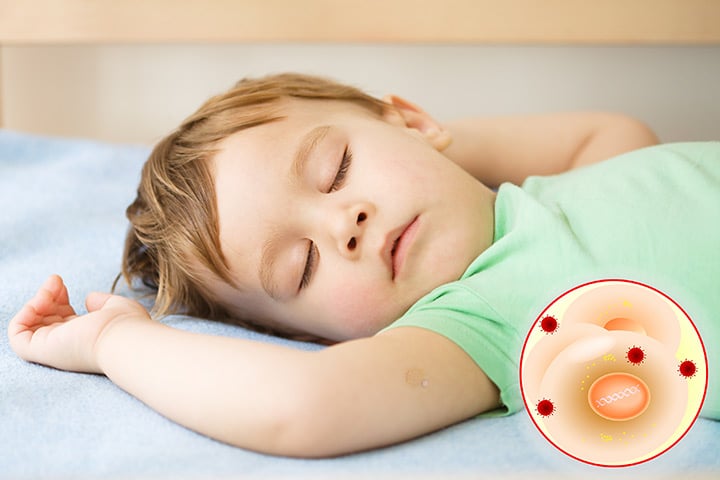The ants are caused by some types of human papilloma virus (HPV) and are benign lesions (bumps) of the skin.
They are formed when the virus enters the skin, usually through a minor injury. The virus causes the cells in the outer layer of the skin to multiply rapidly. Usually, warts are skin-colored, but they can be darker, rough, or smooth.
-Are there different types of ants?
Common ants are found anywhere on the skin. The most common point is at fingers and in dorsal surface of hands (either due to shaking hands with sick people or due to more frequent contact with contaminated objects).
There are also:
–Tingling of palms.
–Soles, which are developed on the soles and support points. It is the only case that maybe the locating is somewhat painful because due to the weight of the body the ant cannot grow outwards and grows inwards in the foot. In this case, it hurts like having a foreign body (eg a thorn). Many times they are noticed belatedly because we consider them to be calluses. This is also the form of ants that is and the most difficult therapeutically.
-The flat ants they are usually smaller and smoother. They grow in large numbers, even 20 to 100 in one area, usually on the face. They must be dealt with immediately because the child has a tendency to tease the lesions on his face, when and transmits the virus, from one point to another.
-The filamentous ants which are filiform (pendulous) lesions and are also often found on the face.
-How do we avoid the transmission of ants to children?
The viruses that cause common ants transmitted by direct contact from child to child. Also, indirectly with her contact to personal effects or from Public spaces, such as public baths, swimming pools. Once the virus infects the skin, it takes some time (incubation period) up to a few months before it manifests and becomes clinically visible, the damage it causes. THE virus that is, it can remain inactive and in a dormant state on the skin for quite some time, so we cannot determine exactly when our child came into contact with the virus.
The children generally it is more prone in appearance of ants as well have not developed antibodies against the virus and they more often come into contact with people who have hives.
Some children are more sensitive in ants from others, such as children with weakened immune systems and those who bite their nails creating tiny wounds on the skin.
However, even children with healthy immune systems may be more prone to developing warts than other children
Children get the virus in many ways. However, there are ways to reduce the chances of your child developing hives.
They follow some advice to avoid this childhood skin condition:
- Encourage your child to wear flip-flops in a public pool and in public showers, changing rooms, etc. The child must strictly wear them his flip flops
- At home, if anyone else has a problem with plantar ants spray a diluted bleach solution in the shower or in the bathtub, after each use and then rinse.
- Every child with ants should have it individual of towel, which and should not be shared.
-How do we achieve COMPLETE treatment of ants in children?
Ants are contagious and possibly spread to other parts of the body or be transmitted to other people. For this reason, it is better to treat them immediately with treatment.
1) Topical keratolytics in lacquer form or cream: Salicylic acid remains the simplest, most effective and safest remedy when properly used topically for treating ants at home. Topical keratolytics, however, are avoided for use on the face.
2) Cryotherapy with liquid nitrogen: Constitutes excellent therapeutic method especially of common and smooth ants and mainly of the face. Usually 2-3 sessions at 3-week intervals are required.
3) Electrocautery: It is good method for small ants but not for large ones as it leaves a crater that takes time to heal.
4) Laser cauterization: Useful for large ants. Excellent treatment which however requires cooperation from the child, as it is preceded by injectable anesthesia with xylocaine.
5) Surgical removal: It is useful for large ants, especially on the feet. And in this case local injectable anesthesia must precede.
Often, they appear relapses especially after incomplete treatment or even when it comes to new contact with the virus, if precautions are not taken.
THE definitive treatment of ants in children may require several therapy sessions and therefore enough time for her their complete elimination. However, if the treatment plan is followed completely, the result is excellent.

